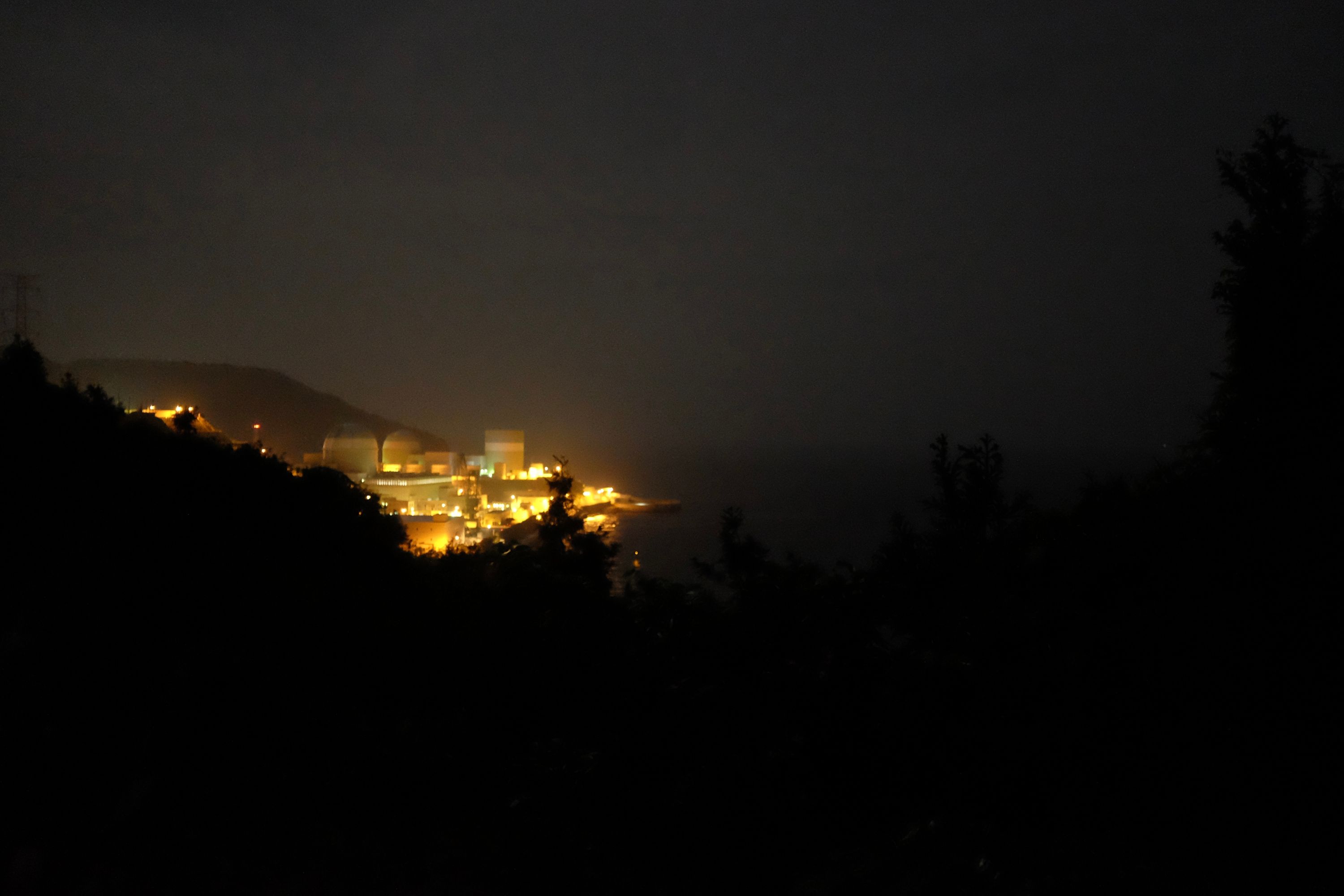Day 24 (May 6, 2017)
Misaki, Ehime → Kameura, Ehime
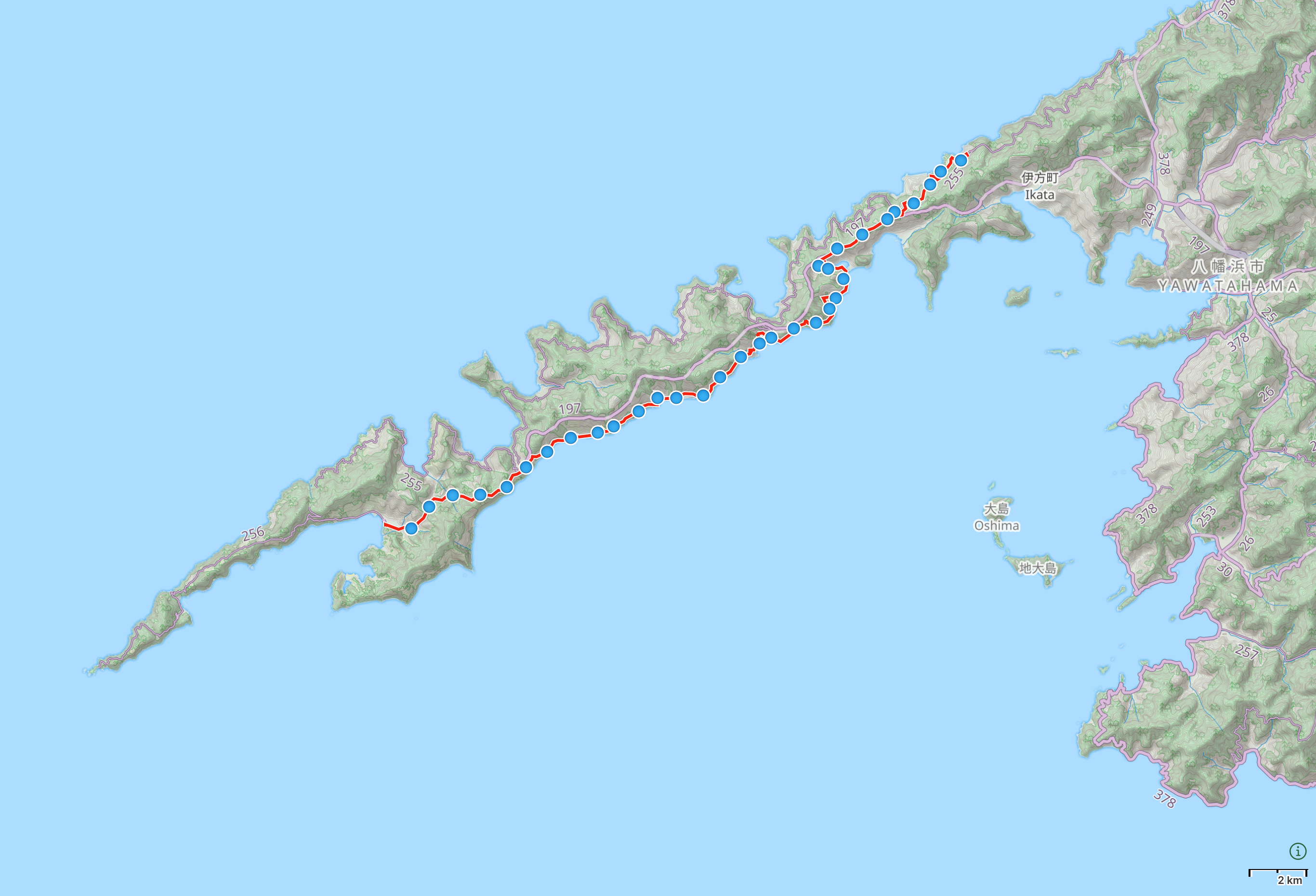
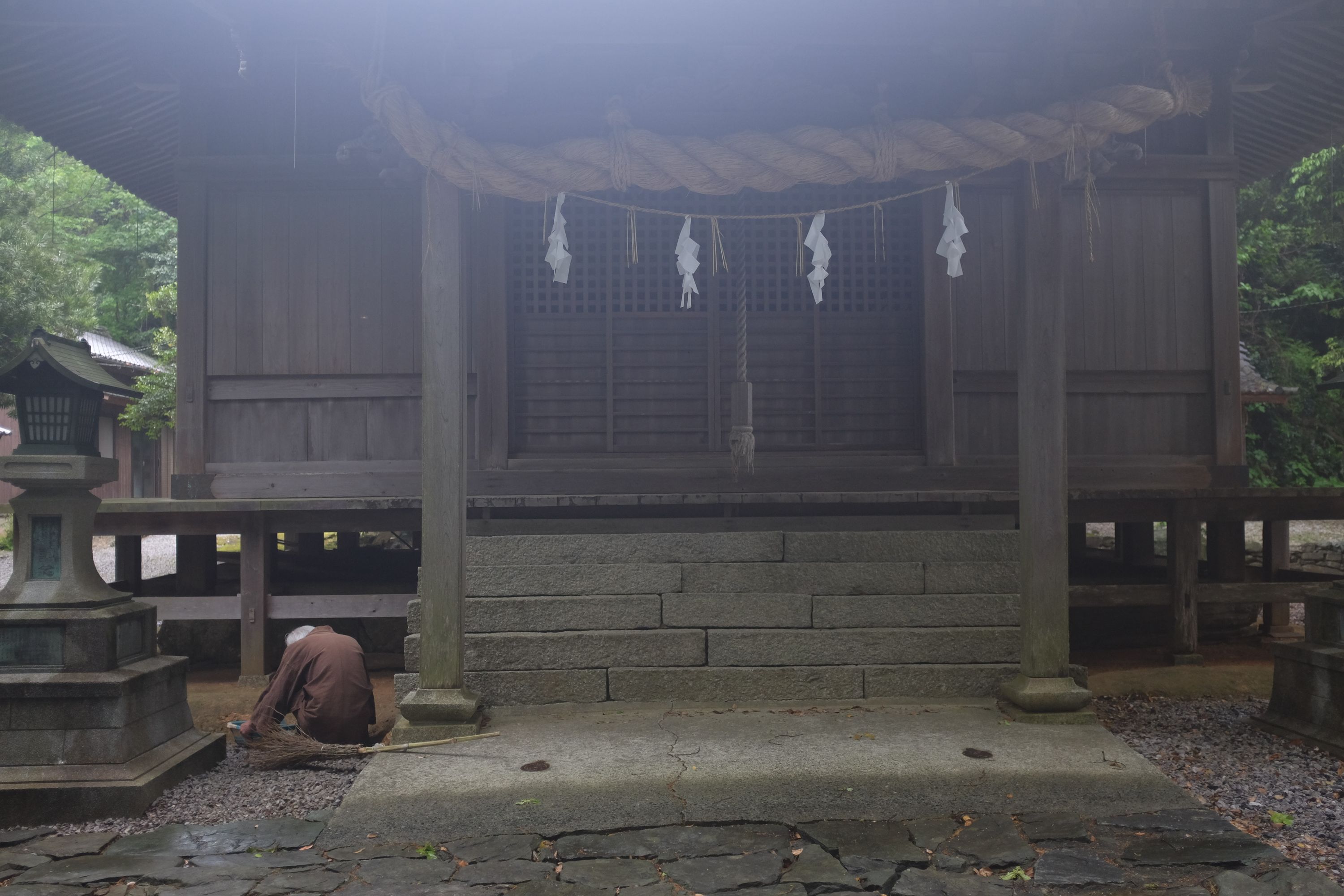
I slept on the tatami floor to the sound of rain and I woke up to a gentle drumroll, the equivalent of an engine check before a coffee and a Sunday morning drive. I stepped outside to the sound of sweeping. The groundskeeper was a small, lean man, dressed in simple country clothes the color of his shrine, and I walked quietly into Ehime Prefecture, into low, dark, swirling clouds which would be gone in an hour.
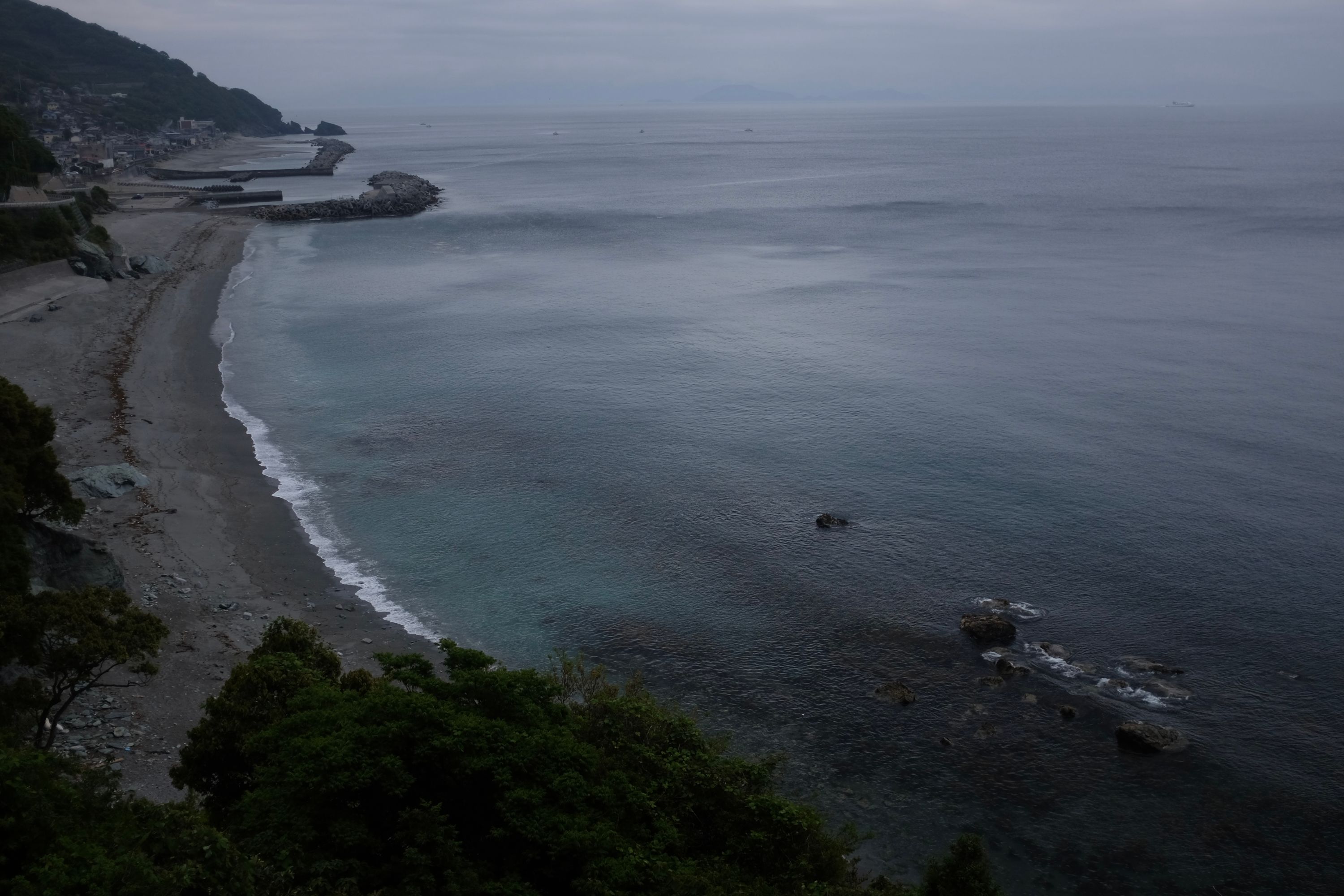
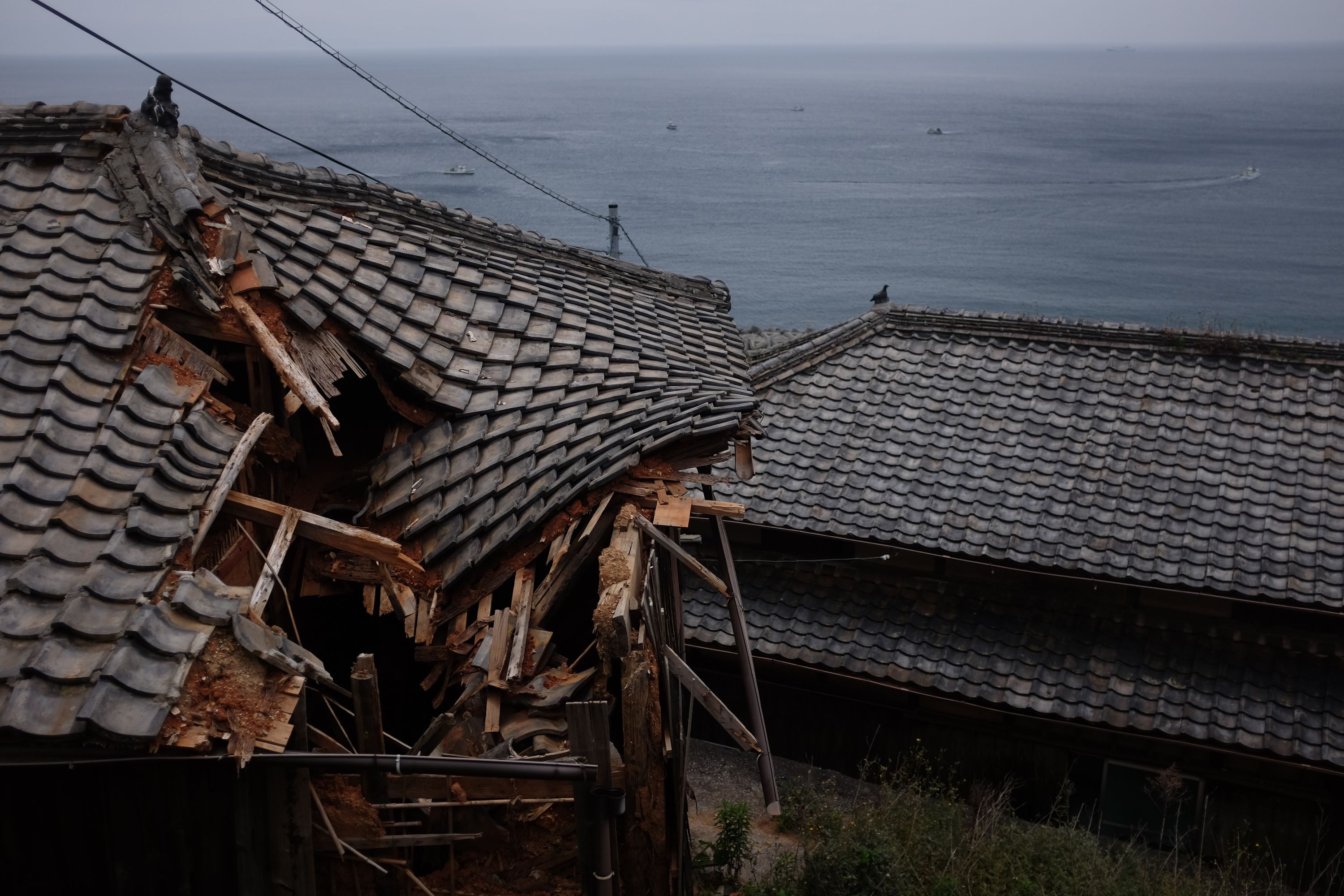
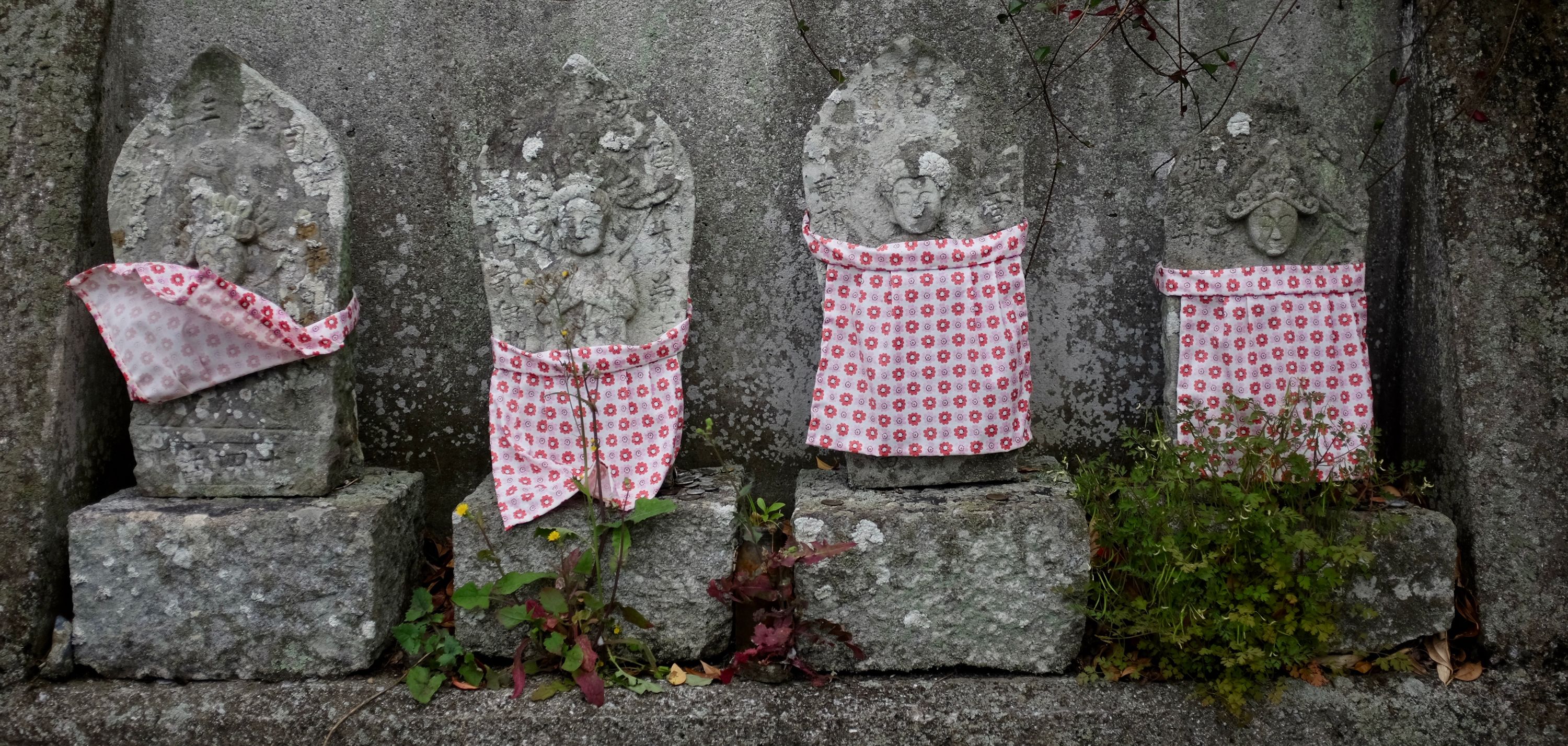
Shikoku may only be an hour by ferry from Northern Kyushu but the style of the Buddhist statues dotting the roadsides changes immediately. These small, simple reliefs look positively Central Asian to my ignorant eyes, something I would expect to see in, say, the Bamiyan Valley of Afghanistan. In a gesture that would please the modern Central Asian eye, the statues are invariably dressed in patterned aprons for modesty. The aprons do work — until the sea breeze comes in.
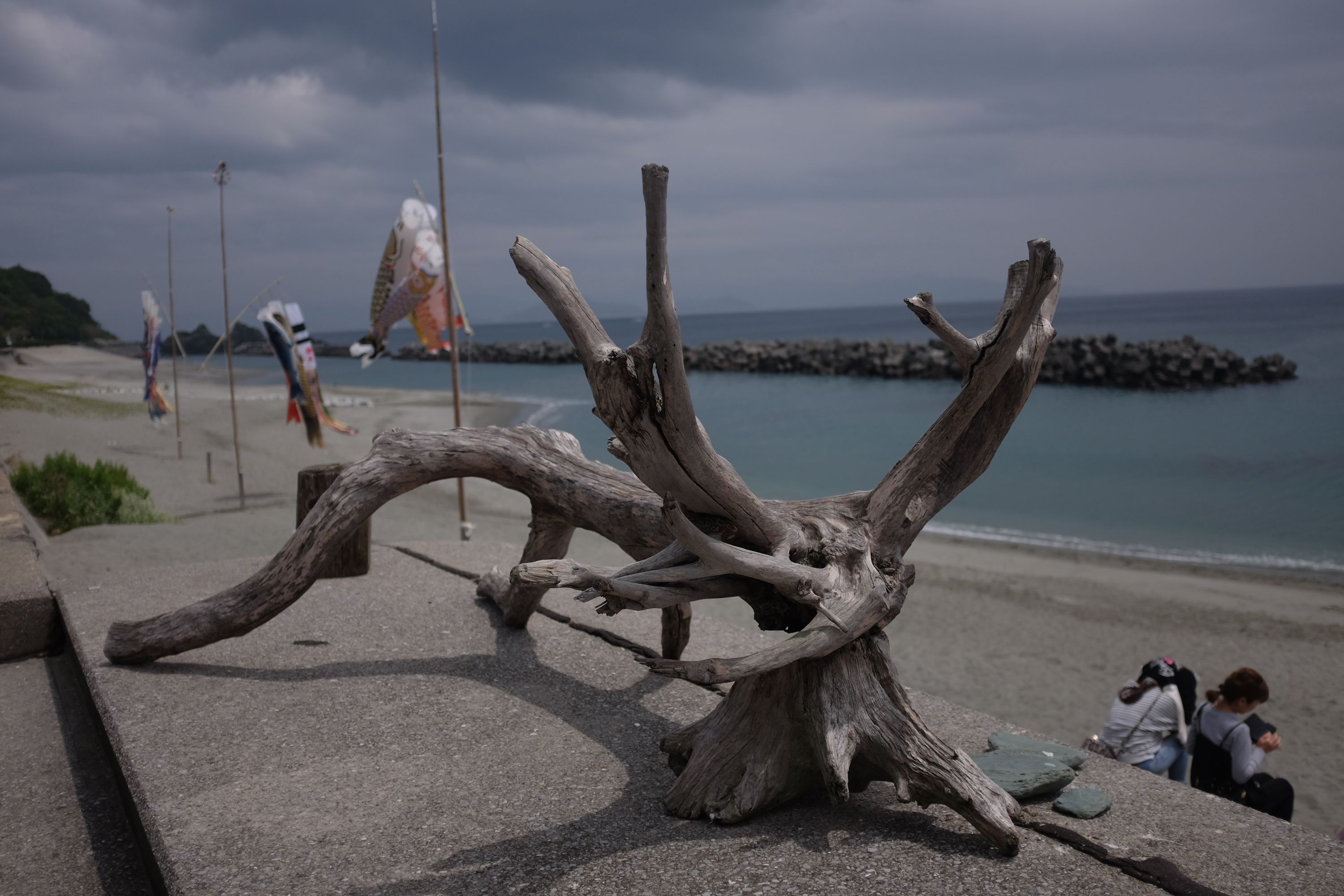
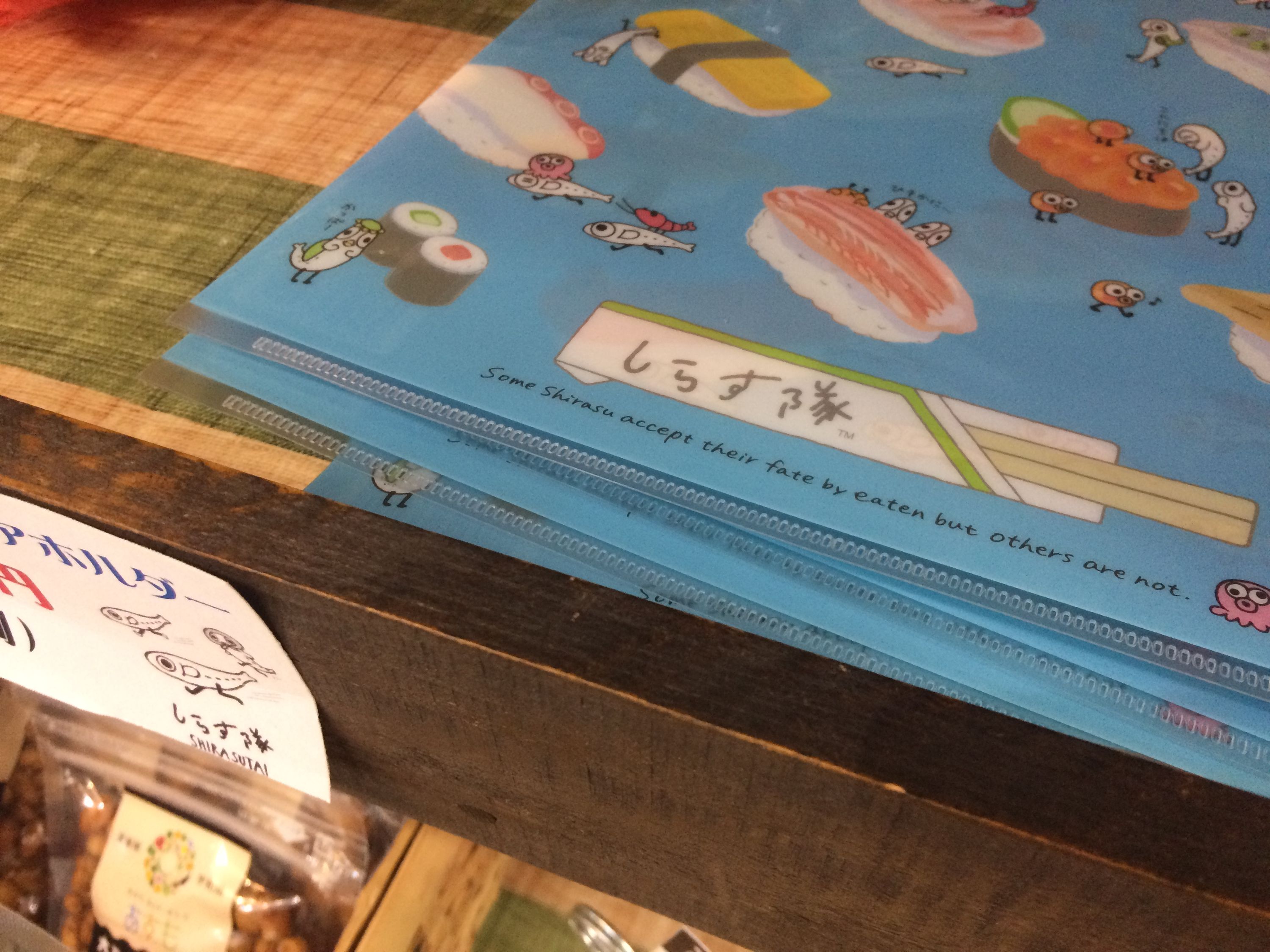
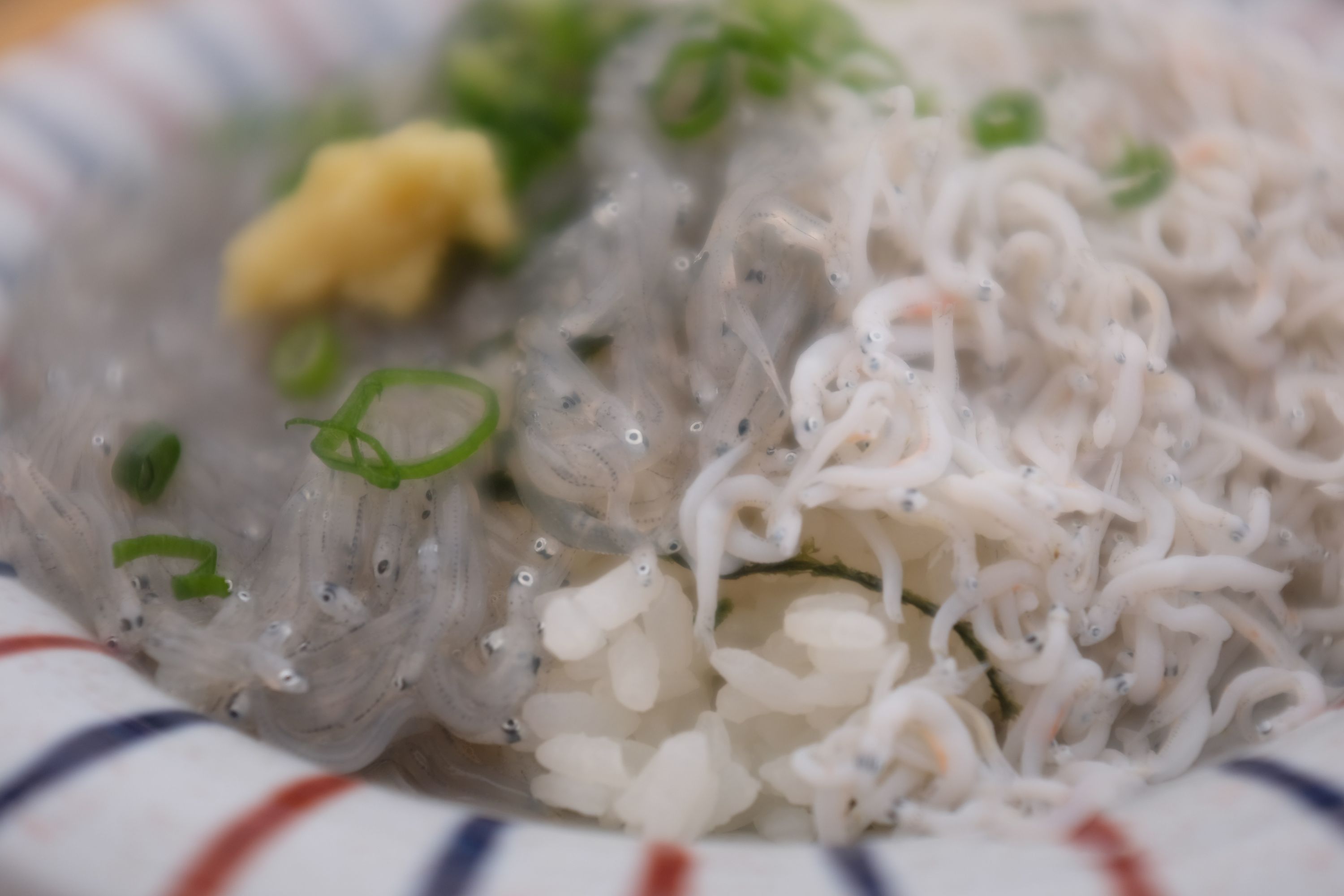
When one is in Ehime, and wants to do as the Ehimians do, one eats shirasu for lunch, salted whitebait over a bowl of rice. It is a very unsettling dish, essentially the Cannibal Corpse album Butchered at Birth turned into food. I may look for other ways to do as the Ehimians do. It was, of course, very tasty.
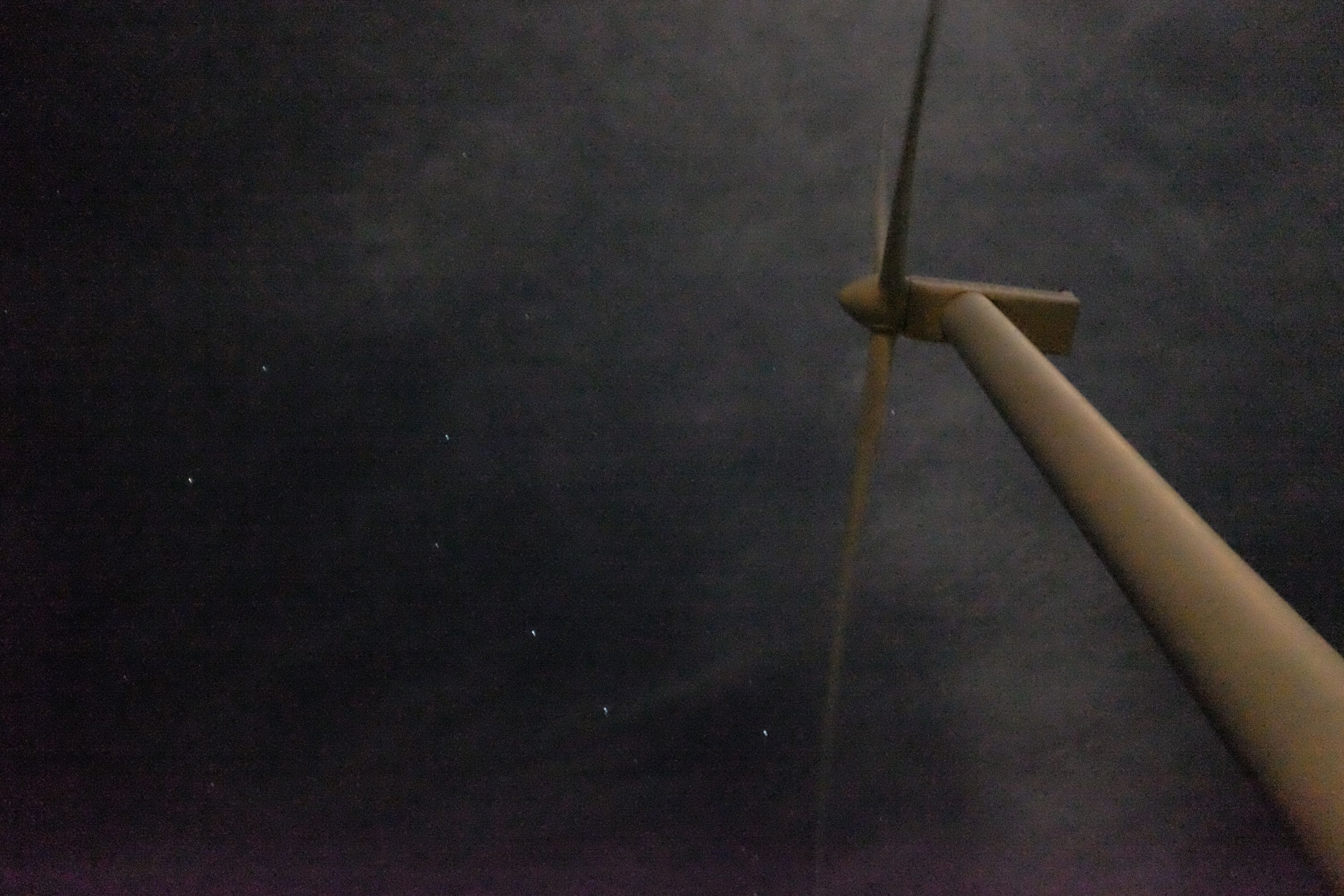
The Sadamisaki Peninsula, less than a kilometer wide at some points, juts towards Kyushu like the T-1000’s liquid metal index finger towards John Connor’s stepfather in Terminator 2. This means high winds, and the ridgeline of the peninsula is an elongated wind farm. They are a low airspace of giant turboprop planes which never leave and never land, the sound at the tips of their blades a visible arc through the night sky, and when you touch their towers, you feel a powerful, low-frequency throb.
